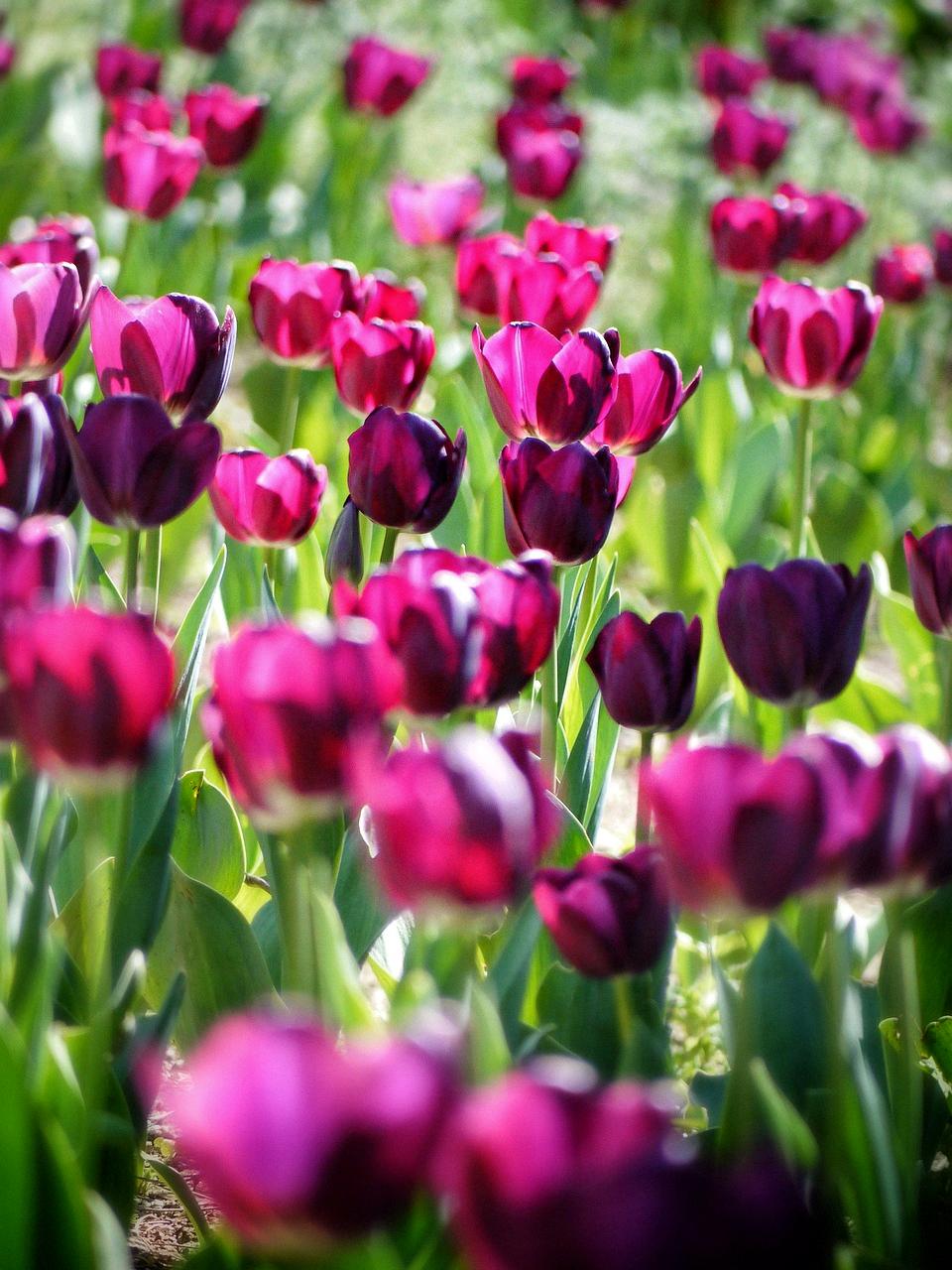So, you’ve enjoyed the beautiful blooms of your tulips, but now that they have finished flowering, you might be wondering what to do with the bulbs to ensure they thrive for seasons to come.
After the tulip flowers have faded and wilted, it is important to deadhead the plant by removing the spent blooms. This prevents the plant from expending energy on seed production and encourages it to focus on bulb development for the next season.
Allow the foliage of the tulip plant to wither and turn yellow naturally. This process is vital as the leaves are busy photosynthesizing and storing energy in the bulbs for the following growing season.
Once the foliage has yellowed and dried up completely, carefully dig up the tulip bulbs from the soil. Use a garden fork to lift the bulbs gently, taking care not to damage them.
Inspect the bulbs for any signs of disease or rot. Discard any bulbs that appear soft or moldy to prevent the spread of infection to healthy bulbs.
After removing the bulbs from the ground, clean off any excess soil and debris. Allow the bulbs to dry completely in a well-ventilated area before storing them for the next planting season.
Store the tulip bulbs in a cool, dry place with good air circulation. Ideally, they should be stored in a paper bag or mesh container to prevent them from rotting due to excess moisture.
It is a good practice to label the bulbs with the variety and color to keep track of them for future planting. This way, you can ensure a diverse and colorful display in your garden.
Check on the stored bulbs periodically during the off-season to ensure they are firm and healthy. If any bulbs show signs of decay or shriveling, remove them promptly to protect the remaining bulbs.
In late summer or early fall, when the weather starts to cool down, you can replant the tulip bulbs in well-draining soil with adequate sunlight. Plant the bulbs at a depth of about three times their size for optimal growth.
Water the newly planted bulbs thoroughly after planting to help them settle in the soil. Keep the soil moist but not waterlogged to prevent rotting of the bulbs.
With proper care and maintenance, your tulip bulbs will reward you with vibrant blooms year after year, creating a stunning floral display in your garden for many seasons to come.

